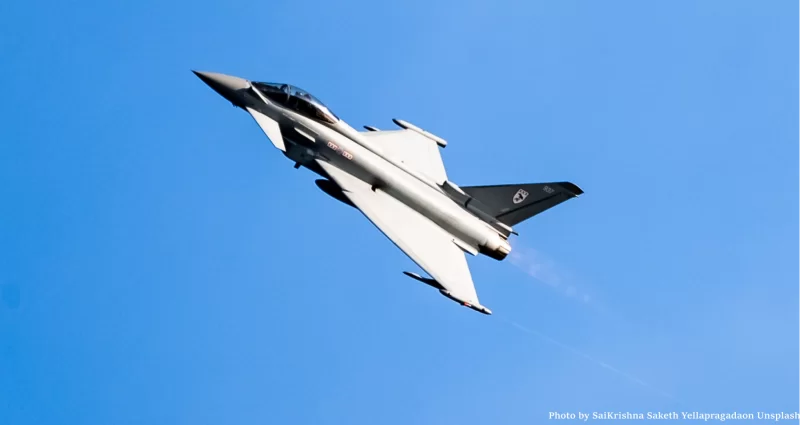
To what extent will the implementation of the 2022 Strategic Compass have an impact on the effectiveness of Civilian and Military Missions, if the European Union External Action Service’s internal structure is maintained as it is? In fact, while the 2022 Strategic Compass calls for the urgent need to adopt an “EU integrated approach [...] to respond to external threats” that affect the security of the Union area, the current organization of the Civilian and Military missions seems unable to properly respond to the standards of synergy that are not only demanded but also strongly needed nowadays.
The Compass outlines multifarious objectives aimed at allowing the European Union (EU) to fit in the strategic competition that characterizes the era we live in, and to effectively address the complex security threats that might arise from its perspective. It delineates an ambitious but achievable plan to strengthen the Security and Defense policy of the European Union by 2030. However, its accomplishment will remain an arduous – if not impossible – task until the internal structure of the EEAS is not adjusted in order to welcome the changes introduced by the Compass, and the synergy among its directorates is enhanced.
This Report claims the imperative to reformulate the internal structure of the European Union External Action Service through the establishment of a unified Operational Headquarters from where Civil and Military missions will be conducted and suggested two formulations of its structure. The establishment of an Operational Headquarters would consolidate the image of solidity and trustworthiness of the Union, as well as its role as a security provider in the international system. The absence of a permanent structure to plan and conduct EU-led Military and Civilian missions represents a capability shortfall affecting and limiting the effectiveness of the EU action.
Read the entire file
Cookies are used on this site to improve the user experience.
By clicking on one of the links, you accept the use of cookies.